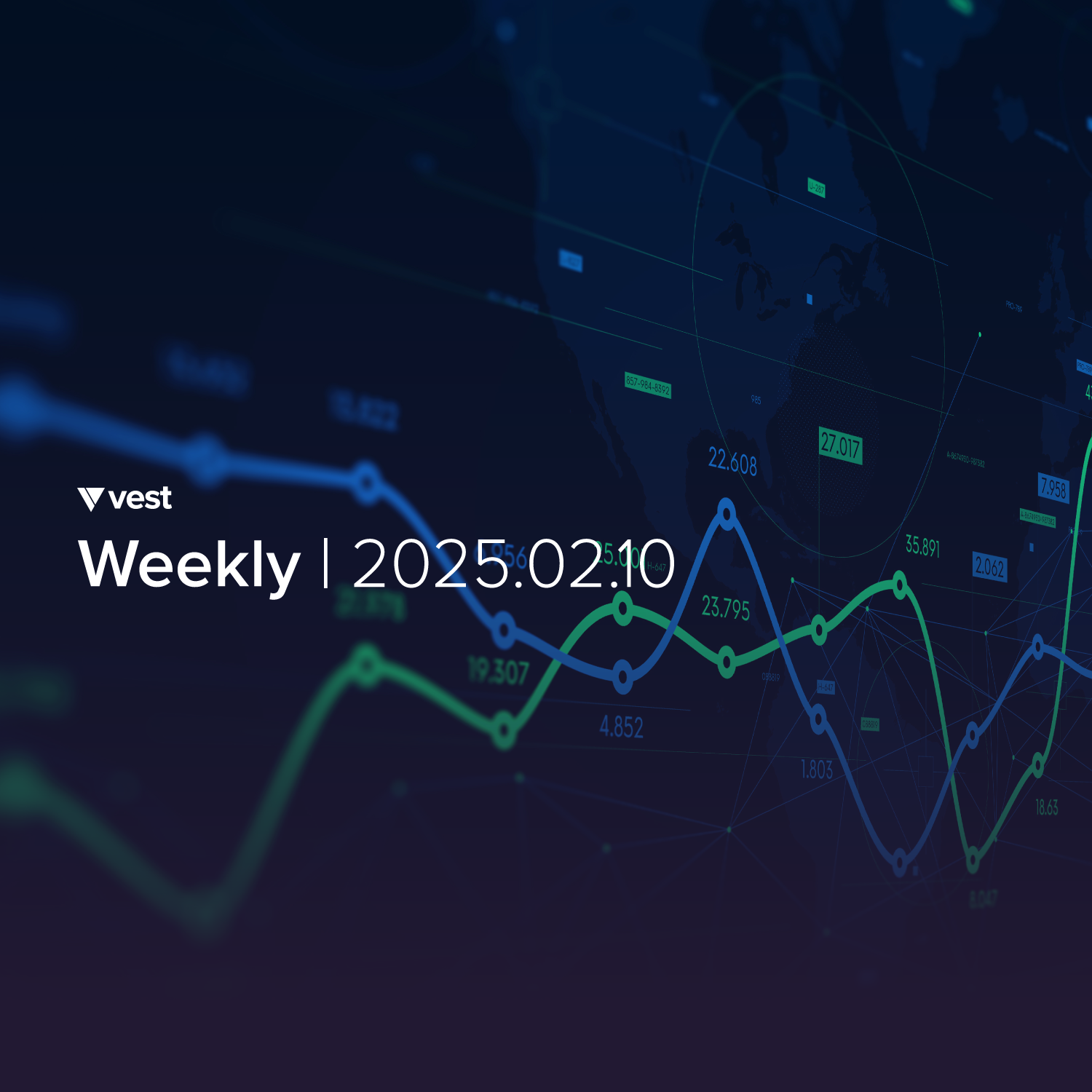Is the market gaining strength after the storm?
Markets are showing signs of recovery, but is it sustainable? We explore the tech sector rebound, U.S.-Europe trade tensions, monetary policy adjustments, and the resurgence of commodities.

Market volatility has decreased compared to previous weeks, but investors continue to closely monitor certain factors that could affect the global economy.
From moderate inflation to the rebound of tech stocks, how are the markets positioning themselves this week? Discover the key details below.
🏷 Weekly Highlights:
Tech market rebound: Is it sustainable?
US and Europe trade tensions: Potential impact
Global monetary policy adjustments: How will central banks react?
The return of commodities: Opportunities and risks
Tech market rebound: Is it sustainable?
This week, tech stocks have experienced a notable rebound after last month's correction. Companies like Apple and Microsoft have shown signs of recovery following the recent drop in their prices.
Many analysts are revising their growth estimates for these companies, anticipating a return to growth, thanks to their strong balance sheets and increasing demand in the artificial intelligence sector. However, some warn that this rebound could be temporary due to concerns about the impact of trade tariffs and supply chain issues.
US and Europe trade tensions: Potential impact
Recently, the US and Europe have intensified their trade negotiations, particularly regarding tariffs on tech and automotive products.
The new tariffs announced in January and potential retaliations between both regions have generated uncertainty. In particular, European automakers could face additional tariffs, which would affect profit margins.
The key will be how these tensions evolve in the coming weeks and their impact on global economic stability.
Global monetary policy adjustments: How will central banks react?
With recent signs of moderating global inflation, markets are watching central banks’ decisions in the coming months.
The US Federal Reserve is expected to maintain its high interest rate stance during the first quarter of 2025, while the European Central Bank might be more willing to reduce rates if inflationary pressures continue to ease.
However, some analysts believe central banks could be cautious about cuts, given the risk of an inflationary rebound in the second half of the year.
The return of commodities: Opportunities and risks
Commodities are basic, interchangeable products like oil or wheat, whose value depends on global supply and demand.
Commodity prices have started to rise after a prolonged period of stagnation. Investors are particularly watching the behavior of oil and gold, which have had moderate gains this week.
Oil benefits from tensions in the Middle East, while gold is seen as a hedge against global economic uncertainty. However, some experts warn that these assets can also be volatile, and it’s important to consider the associated risks, especially in a higher interest rate environment.
--------------------
Market indicators this week:
SPDR S&P 500 ETF Trust (SPY): $615.25 (+1.02%)
Invesco QQQ Trust Series 1 (QQQ): $531.85 (+0.92%)
SPDR Dow Jones Industrial Average ETF (DIA): $448.72 (+0.68%)
--------------------
US stock markets have performed well this week, primarily driven by the tech sector, although caution remains due to global trade tensions and potential monetary policy adjustments.
The information is for educational purposes only and does not constitute an investment recommendation. It is recommended to consult a financial advisor before making decisions.
For illustrative purposes only. Does not represent an investment recommendation. For more information, please consult our social media disclosure.
Sources: